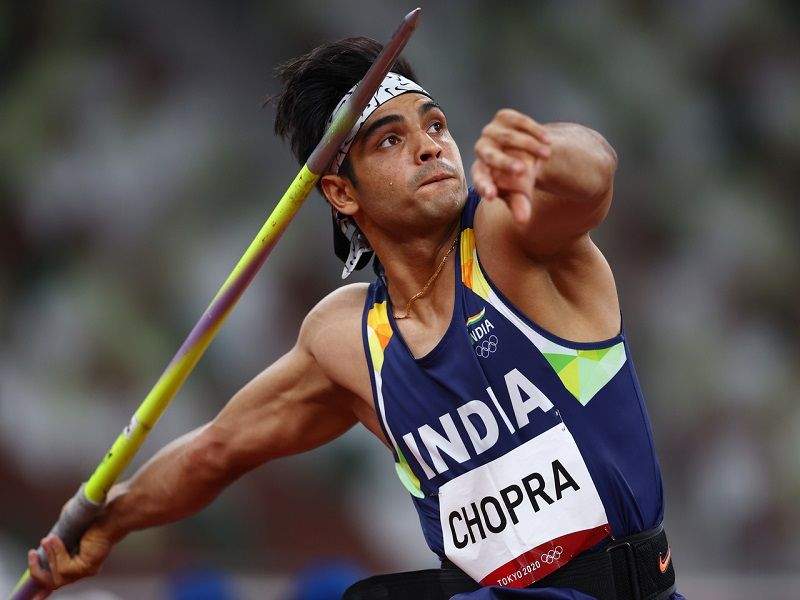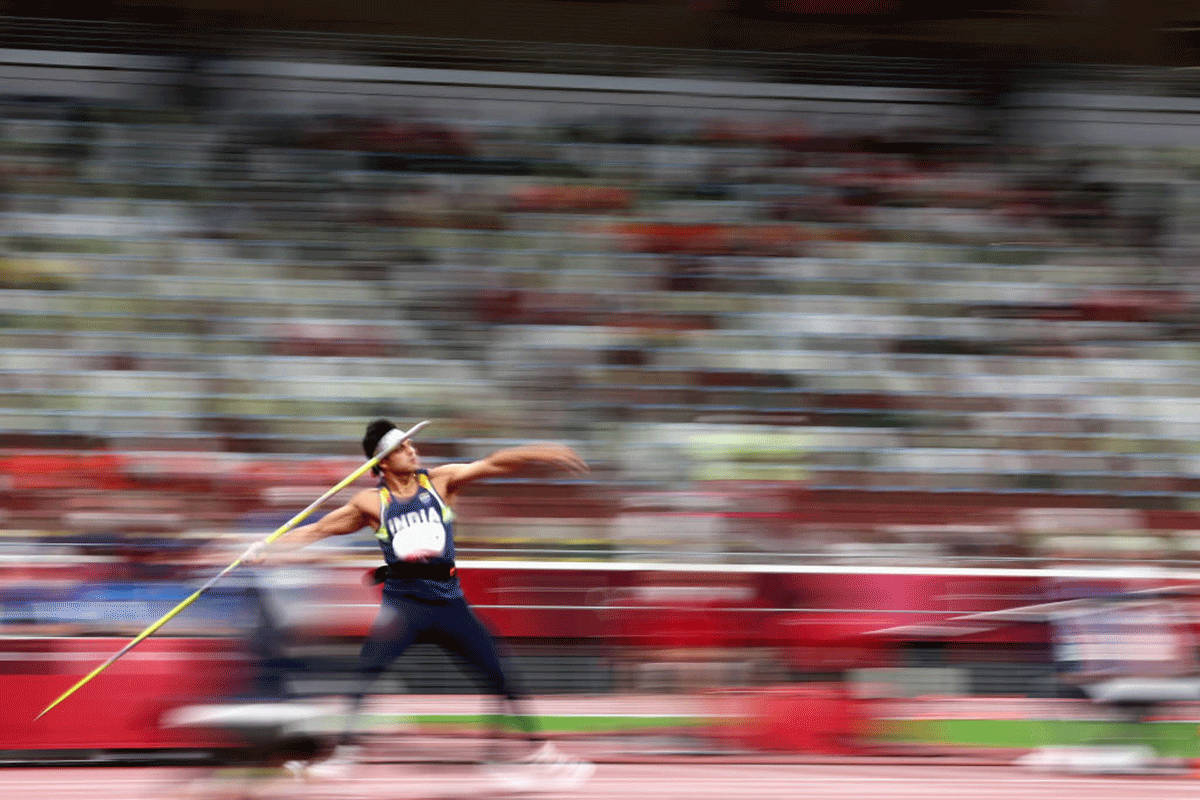History and Evolution of Men’s Javelin Throw

The men’s javelin throw, a captivating display of power and precision, has a rich history spanning millennia. From its humble beginnings as a hunting tool to its transformation into a celebrated Olympic event, the javelin throw has evolved significantly, reflecting advancements in technique, equipment, and the pursuit of athletic excellence.
Origins and Early Forms of Javelin Throwing, Men’s javelin throw
Javelin throwing has roots deeply embedded in human history, dating back to prehistoric times. The earliest forms of javelin throwing were primarily functional, serving as hunting tools for procuring food. These ancient javelins were typically crafted from wood, sharpened at the tip, and often fitted with stone points for enhanced penetration. Archaeological evidence suggests that javelin throwing was a widespread practice in various cultures around the world, including ancient Egypt, Greece, and Rome.
Techniques and Strategies in Men’s Javelin Throw

The men’s javelin throw is a technical event that requires a combination of strength, speed, and precision. Athletes must master the various phases of the throw, understand the biomechanics involved, and develop a mental approach that allows them to perform under pressure.
Phases of the Javelin Throw
The javelin throw is divided into five distinct phases: grip, approach, plant, throw, and follow-through. Each phase is crucial for maximizing distance and achieving a successful throw.
- Grip: The javelin is held with a firm grip, typically with the index and middle fingers wrapped around the javelin’s shaft, while the thumb and other fingers provide support. The grip should be comfortable and allow for a natural throwing motion.
- Approach: The approach is a series of running steps that build up momentum and allow the athlete to generate speed. The athlete should focus on maintaining a balanced and controlled stride, ensuring that the javelin is held at a comfortable angle.
- Plant: The plant is the moment when the athlete’s trailing foot makes contact with the ground, marking the transition from running to throwing. The plant foot should be placed firmly on the ground, providing a stable base for the throw.
- Throw: The throw is the core of the javelin throw, where the athlete transfers their momentum into the javelin, propelling it through the air. The throw involves a coordinated movement of the arms, legs, and torso, with the athlete rotating their body to generate power.
- Follow-Through: The follow-through is the final phase of the throw, where the athlete continues their throwing motion after releasing the javelin. The follow-through helps maintain balance and ensure a smooth and efficient throw.
Biomechanics of the Javelin Throw
The biomechanics of the javelin throw are complex, involving the interplay of various forces. The athlete’s body acts as a lever system, with the muscles generating force to propel the javelin.
The key to a successful javelin throw lies in maximizing the transfer of momentum from the athlete’s body to the javelin.
The forces involved in the throw include:
- Ground Reaction Force: This force is generated when the athlete’s foot makes contact with the ground, providing the initial impetus for the throw.
- Muscular Force: The athlete’s muscles generate force to accelerate the javelin, primarily in the legs, hips, and shoulders.
- Centripetal Force: This force acts towards the center of rotation, keeping the javelin in a circular path during the throw.
- Air Resistance: Air resistance acts against the javelin’s motion, slowing it down.
Javelin Throw Techniques
There are several common javelin throw techniques, each with its own advantages and disadvantages.
- “C” Technique: This technique involves a curved approach path, with the athlete running in a “C” shape. The “C” technique allows for a more gradual build-up of momentum and a smoother transition into the throw.
- “S” Technique: This technique involves a more direct approach path, with the athlete running in an “S” shape. The “S” technique allows for a faster acceleration and a more powerful throw.
Mental Aspects of Javelin Throwing
The mental aspects of javelin throwing are just as important as the physical aspects. Athletes need to develop a strong mental game to perform at their best.
- Focus: Athletes need to be able to focus on the task at hand, blocking out distractions and maintaining concentration.
- Concentration: Athletes need to be able to concentrate on their technique and execution, paying attention to every detail of the throw.
- Visualization: Athletes can use visualization to mentally rehearse their throws, improving their performance by creating a mental picture of the ideal throw.
Step-by-Step Guide for Beginners
Learning the javelin throw technique requires patience and practice. Here is a step-by-step guide for beginners:
- Master the Grip: Start by practicing the grip, ensuring a comfortable and secure hold on the javelin.
- Practice the Throw: Begin with short throws, focusing on the throwing motion and technique.
- Increase Distance: Gradually increase the distance of your throws, focusing on maintaining proper technique.
- Work on Your Approach: Practice your approach, focusing on building up momentum and maintaining balance.
- Incorporate Mental Techniques: Use mental techniques like visualization and focus to improve your performance.
The men’s javelin throw is a captivating display of power and precision. Athletes like Jakub Vadlejch, the Czech javelin thrower, exemplify the sport’s intensity. Jakub Vadlejch ‘s journey from junior competitions to the world stage is a testament to his dedication and talent.
His throws, often exceeding 90 meters, are a sight to behold and a reminder of the incredible feats achievable in this demanding discipline.
The men’s javelin throw is all about power and precision, a delicate balance of strength and technique. It’s fascinating to see how athletes like Neeraj Chopra use their physicality to launch the javelin to incredible distances. Speaking of physicality, it’s interesting to consider how Hunter Schafer’s height has impacted her career, though in a very different arena.
Ultimately, both javelin throwers and actors use their bodies to tell stories, and the impact of physical attributes can be both a blessing and a challenge.
